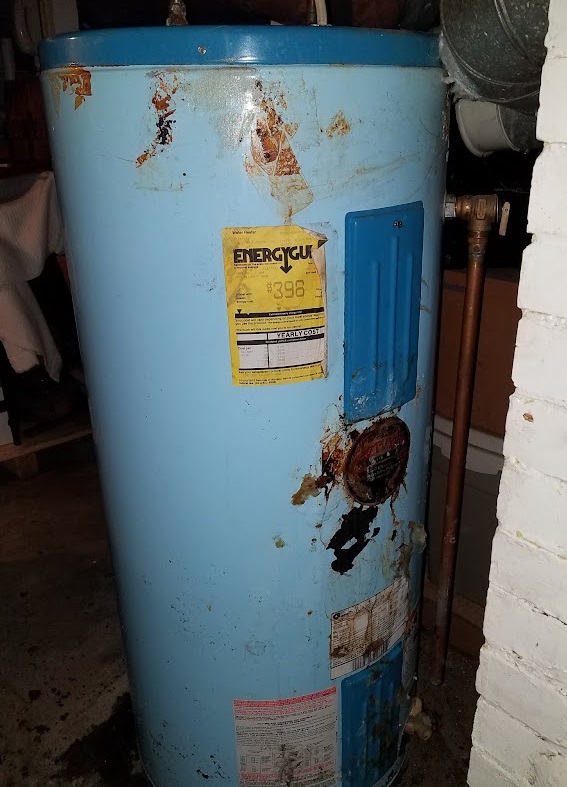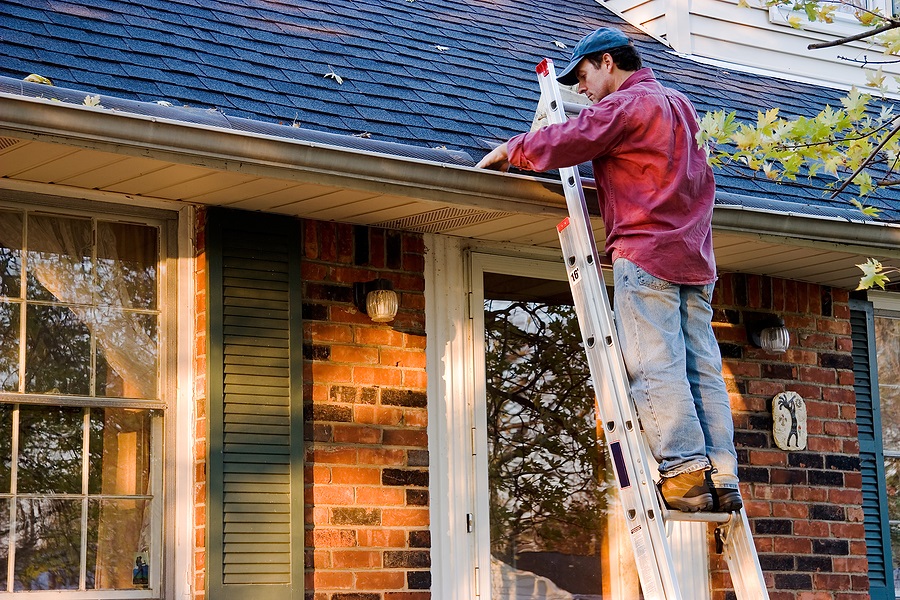6 Plumbing Tips & Best Practices for Spring
Spring has sprung and so begins home maintenance chores as the weather gets nicer. It’s always smart to remember your plumbing systems when going through your to-do list.
Inspecting and testing main water equipment such as your water heater, sump pumps, plumbing appliances, and gutters and downspouts can help you to avoid issues like indoor flooding or mold growth from leaky plumbing fixtures.
Follow our plumbing tips to make sure your home is ready for the new season:
Check & Test Your Sump Pump
This should really top your list. If your sump pump fails to work, it means a flooded basement and water damage. Water backup in and around your house leads to a myriad of issues, all of which are expensive. Many Maine residents rely on sump pumps to keep their basements and crawl spaces clear of standing water.
Here are a few ways to make sure your sump pump is working properly and up to the task of removing water from your home:
- Activate your sump pump to make sure it’s working properly. To do this, you will need to raise the float switch by pouring a bucket of water or two into the sump pit. Never run the pump dry. If your sump pump does not turn on when the water in the pit reaches the float, check to make sure it is plugged in properly and that the breaker hasn’t tripped. If everything seems in order but still isn’t working, call your plumber.
- Remove any leaves and other debris that may be blocking the discharge line. Also make sure no debris has fallen into the sump pit.
- If you have a battery backup sump pump, test that to make sure it also works correctly. Water damage often happens when the power goes out and systems we depend on like sump pumps can’t operate.
Check Your Water Heater

If your water heater is more than 10 years old, it’s time to plan for a replacement. If your water heater bursts, a true catastrophe can occur.
- Check for corrosion on the unit. Water and oxygen can cause rust, and over time that will corrode the metal, eventually making it fail. Water heaters are prime candidates for corrosion. Thoroughly inspect the entire exterior surface for rust or inconsistencies in the metal and pay close attention to the bottom of the tank. If you find any areas of concern, reach out to a plumber right away to evaluate the water heater.
- Check that there are no leaks around the unit. Even the tiniest water drops can be a sign of a much bigger problem imminent on the horizon.
- Here are some other problem signs to look for.
- Bottom line, it’s far better to be safe than sorry when it comes to water heaters.

Clean Out the Gutters
While your gutters may not seem like a plumbing topic, when they don’t drain properly, water can go into your home because it isn’t properly drained away. This leads to sump pumps working overtime.
It’s likely after fall leaves and winter debris, that your gutters need a good cleaning out. Flush clean water with a garden hose through your gutters and downspouts to clean them out as a final step. Check for downspouts that are plugged. Make sure downspouts are directed to move water 10’ for so away from your house.
Check Outdoor Plumbing Fixtures
- Turn outdoor water spigots back on (hopefully you shut them off/closed them last fall). Check for any leaking valves or fixtures.
- Inspect garden hoses for any damage to the hose or connectors, so they don’t leak when you use them to water plants, further wasting water and running up your bills.
- Turn on and check your sprinkler system if you have one. Should you have a broken sprinkler head, it could spray water improperly or leak, which will increase your utility bills.
Check for Indoor Leaks
A couple of times a year it’s useful to check all your plumbing fixtures throughout the house for any leaks or faucet dripping. Persistent leaks not only drive up your utility bills, but can cause expensive water damage to building materials over time, leading to larger repair bills.
Here are some places to be sure to check:
- All sink faucets and shower heads.
- Toilet tanks. Toilet tanks can develop a leak between the water tank and the bowl. This type of leak can cause the toilet to fill and flush repeatedly and spontaneously throughout the day, using excess water. You know that sound of a “running toilet”. To check for leaks, add a few drops of food coloring to the tank and wait 15 minutes. If any color shows up inside the bowl, you have a leak that needs professional attention.
- Washing machine hoses. Over time, washing machine hoses get dried out and can crack and break. Check hoses for any visible signs of damage and make sure they are appropriately fastened to faucets.
Schedule Spring Plumbing Maintenance
If you spot any signs of trouble from our list above, or you have concerns, schedule a visit from your plumber. They can do a thorough inspection and help determine what repairs or replacements you may need. It’s not worth putting off plumbing repairs or waiting for something to fully break. Plumbing issues get more expensive the longer they go on.
Let Warm Waters Help with Your Plumbing This Spring
At Warm Waters, we don’t want you to worry, so give us a call to schedule a service visit to ensure that everything in your home is working properly.
